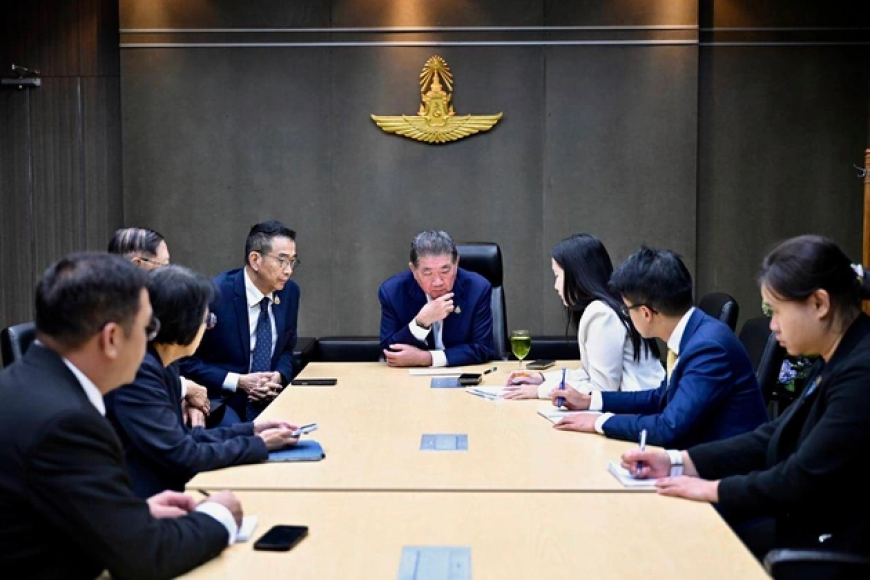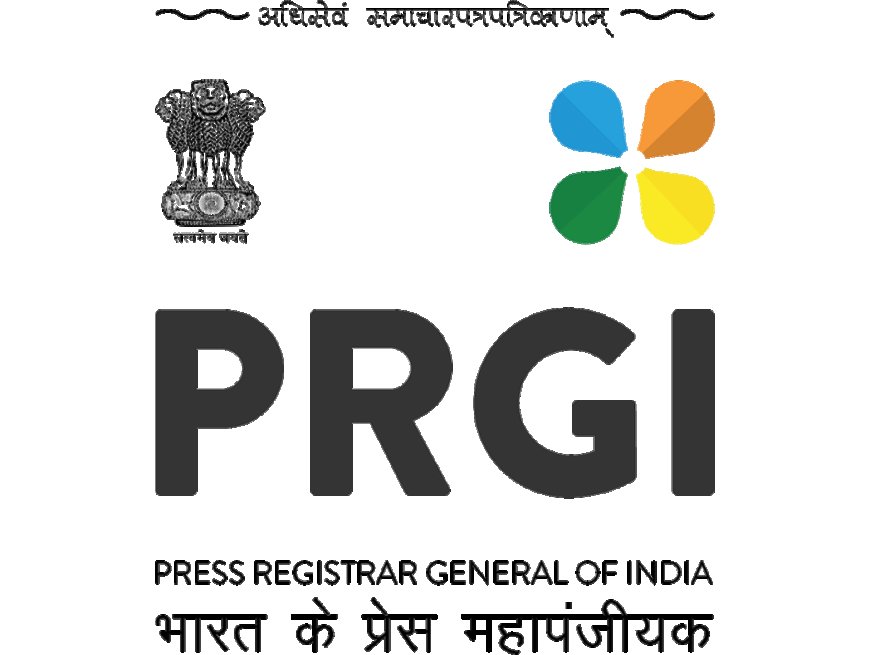Fragile Peace: Thailand and Cambodia Move Toward Ceasefire Amid Border Tensions
Thailand and Cambodia have reaffirmed a tentative ceasefire after deadly border clashes. Brokered through ASEAN diplomacy and backed by major Asian powers, this truce marks a turning point in regional conflict resolution, though underlying tensions remain unresolved.

A Border in Crisis: Clashes Erupt Again
In late July, the volatile border between Thailand and Cambodia once again flared into open conflict, triggering intense artillery exchanges, civilian evacuations, and a humanitarian crisis that drew attention across Southeast Asia. While historically fraught, this latest round of hostilities—centered around disputed territory near the Preah Vihear temple—was the deadliest in over a decade.
For five consecutive days, communities along the border endured intense shelling, gunfire, and mass displacement. Civilians fled in large numbers, with entire villages in Surin and Sisaket provinces (Thailand) and Preah Vihear and Oddar Meanchey provinces (Cambodia) turned into ghost towns. Early reports estimated at least 38 deaths, including several children and elderly residents caught in the crossfire.
Both nations blamed each other for the escalation. Cambodian officials accused Thailand of violating sovereign land by installing new military posts, while Thai commanders said landmines planted on patrol routes injured Thai soldiers and provoked the retaliation.
The Path to a Ceasefire: ASEAN’s Role
Amid the destruction, diplomatic urgency took center stage. The Association of Southeast Asian Nations (ASEAN), currently chaired by Malaysia, led immediate talks to de-escalate the crisis. Malaysia’s Prime Minister played a critical role, hosting closed-door meetings between Thailand’s acting Prime Minister Phumtham Wechayachai and Cambodian Prime Minister Hun Manet.
The breakthrough came in the early hours of July 28, when both leaders announced a mutual, unconditional ceasefire agreement, effective immediately. The ceasefire terms included:
-
Cessation of all military operations within 5 km of the border.
-
Withdrawal of newly deployed artillery and mine units.
-
Deployment of bilateral observer teams to verify troop positions.
-
Agreement to resume talks on the border demarcation issue under ASEAN facilitation.
The swift mediation reflected ASEAN’s growing maturity in managing intra-regional conflicts, with observers noting that this may set a precedent for addressing similar disputes in the region.
Civilian Fallout: Displacement and Human Cost
The ceasefire, while welcomed, came too late for thousands already displaced. By the time guns fell silent, over 300,000 civilians had fled their homes. Makeshift shelters sprung up in school compounds, open fields, and religious institutions. The bulk of the displaced were Cambodian villagers and Thai rural communities who now face uncertain futures.
In Oddar Meanchey, Cambodian farmer Theap Vanna described fleeing her village in the middle of the night with three children and only the clothes they wore. “We heard gunfire all day. Then a shell hit a tree near our home. We knew we couldn’t stay,” she recounted. Aid agencies struggled to cope with the influx, distributing rice, bottled water, and emergency kits under police protection.
Healthcare facilities, particularly in Surin province, were overwhelmed. Injuries ranged from shrapnel wounds and burns to severe trauma. Some were airlifted to Bangkok hospitals, underscoring the dire scale of the crisis.
Military Response and Violations
Though a ceasefire was declared, sporadic gunfire and border patrol skirmishes continued to be reported over the following days. Thai military officials claimed that Cambodian soldiers had fired warning shots into disputed zones, while Cambodian border posts were seen reinforcing positions. Neither side escalated beyond isolated incidents, but both expressed concerns about ceasefire violations.
Thai spokespersons acknowledged the challenges of total control in such rugged, mountainous border zones. “We must be cautious but firm,” one military official said. “Commanders on the ground have orders not to provoke, but to defend only when necessary.”
In Cambodia, officials dismissed Thai claims of violations as "fabrications designed to justify prolonged military presence." Prime Minister Hun Manet, however, reaffirmed his government's commitment to peace and called on local commanders to honor the ceasefire “in both word and spirit.”
Strategic Implications: Power Balancing in Southeast Asia
The ceasefire has implications far beyond bilateral peace. It represents a power test in a region often caught between global spheres of influence. China and the United States, while not directly involved, observed the developments closely.
China’s foreign ministry issued a carefully worded statement supporting ASEAN-led diplomacy and encouraged peaceful resolution through dialogue. Though not confirmed publicly, analysts suggest Chinese backchannels may have pressured both sides, especially Cambodia, with whom Beijing maintains strong economic ties.
Meanwhile, the United States reiterated its interest in a stable Indo-Pacific region. Sources within Thailand's foreign ministry indicated that Washington signaled it might delay key trade discussions if violence continued.
This triangulation reflects growing competition for influence in Southeast Asia—where border conflicts and ceasefires are not just about geography but about geopolitical alignment.
Long Road to Reconciliation
The ceasefire, while essential, does not guarantee peace. Key issues remain unresolved, including:
-
The legal status of disputed territories: The Preah Vihear area remains contentious despite a 1962 International Court of Justice ruling favoring Cambodia.
-
Demining commitments: Several areas near villages are heavily mined and remain unsafe for civilian return.
-
Border demarcation talks: These have historically failed due to nationalist sentiment and lack of political will.
To address this, both governments have agreed to resume meetings through a newly formed Joint Border Peace Council, with ASEAN representatives serving as mediators and observers. The council’s primary tasks include:
-
Facilitating demining operations with international assistance.
-
Recommending compensation mechanisms for displaced families.
-
Creating confidence-building measures such as joint cultural exchanges and soldier disengagement drills.
Public Sentiment: Hope Laced With Skepticism
Reactions across Thailand and Cambodia have been mixed. In Phnom Penh and Bangkok, urban citizens expressed relief at the truce but voiced skepticism about its longevity. Some called for international oversight, fearing another flare-up if tensions are left unaddressed.
On the ground, however, displaced families simply hope to return home safely. In a refugee camp near Sisaket, 12-year-old Soriya Sorn asked when she could go back to school. “We only brought one book. I want to study again,” she whispered, clutching a rain-damaged notebook.
Such testimonies serve as a poignant reminder: peace is not merely an absence of war but the presence of dignity, security, and the right to rebuild.
Conclusion: A Cautious Step Toward Stability
The Thailand–Cambodia border ceasefire is a hopeful step in a volatile region, but it is far from a full resolution. Rooted in historical disputes and complicated by modern geopolitics, the path forward requires not just military silence but sustained diplomacy, community rehabilitation, and institutional trust-building.
With ASEAN assuming a stronger mediating role and both governments acknowledging the need for dialogue, there is cautious optimism. But as villagers continue to sleep in tents and soldiers remain on alert, peace in Southeast Asia’s heartland remains a delicate, ongoing project.









